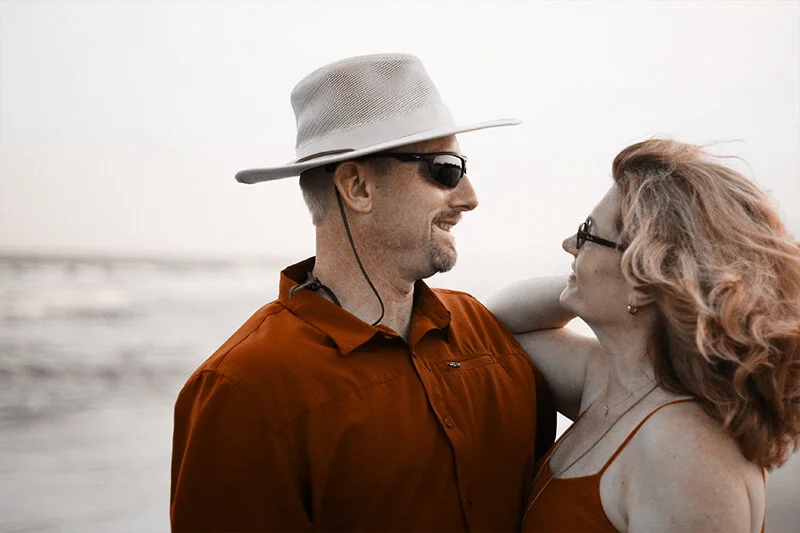Cosmetic Procedures and Speech Clarity
In recent years, lip fillers and Botox have become incredibly popular cosmetic procedures. Many people choose them to enhance facial symmetry, fullness, or a youthful look, especially around the lips, cheeks, or jawline. While these treatments are primarily cosmetic, they can sometimes influence how we move our mouth, form sounds, and even how clearly we speak.
Cosmetic Procedures and Speech Clarity Read Post »







































